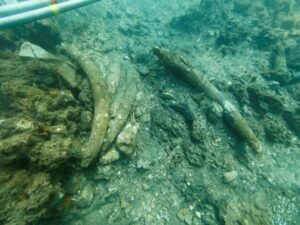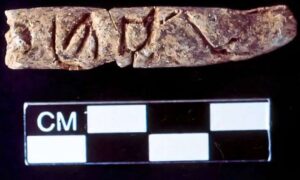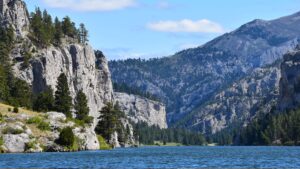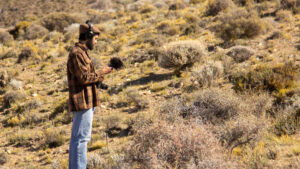Once upon a time, giants roamed the foothills of the Xiangkhoang Plateau in Laos. Their king, the legendary Khun Jeuam, created a plain of huge stone jars to celebrate his victory over mortal enemy Chao Angka in a brutal battle. In these jars, he stored rice wine for the festivities. Or so the legend says.
The Plain of Jars is a unique megalithic site. Its origin and purpose remain an enigma.
The jars
There are more than 90 sites and over 2,000 jars, each differing in size and age. Each site has approximately 400 jars, ranging from one to three meters in height and one meter wide. They weigh up to 14 tons. While some jars are made of one type of stone, others are a mix of five (coral limestone, granite, sandstone, conglomerate, and breccia). The stones also contain minuscule bits of animals.
Some of the jars date to as early as 660 BC and accompanying artifacts date to the 8th century AD. The difference in ages has puzzled historians.
The jars are not the only items of interest on the plain. Researchers have uncovered large stone discs, grave markers, human remains, and metal tools like axes, beads, and glass. The stones most likely had lids at some point.
But who put them there? There are no indications that people resided here.

The Plain of Jars. Photo: Shutterstock
Purpose and theories
French archaeologist Madeleine Colani made the first major archaeological study of the Plain of Jars in 1930. She made a plethora of finds, from odd organic materials to human bones. She theorized that the site was a massive funerary site or crematorium.
There is considerable evidence to support Colani’s theory. The much larger jars were likely used as crematoriums because of the presence of burnt human remains and charcoal. This could be linked to ancient Laotian and Cambodian traditions where the bodies of elite members of society were placed in large urns to aid the soul’s journey through the afterlife. According to Ancient Origins, the majority of the human remains were women and children.
A quarry located almost 100km away seems to be the source of the rock used to make the jars. This means that the jars were carved and carried to the site. This is a common characteristic of megalithic and neolithic stone monuments around the world. This might also suggest that the builders could have traveled on pilgrimages to the area, to bury their dead or worship their ancestors.
Other academics theorize that the jars might have been kilns, distilling apparatus, or food collection jars. In 1994, a team proposed the site may have been symbolic, with no practical use.
There is some evidence to suggest that the area was part of a wider trading network. Other similar sites can be found in India and Vietnam. The Xiangkhoang Plateau area of Laos is rich in salt, which may have been its main trade. If the trade route theory is correct, the jars would have stored goods.
Or perhaps the Plain of Jars was a multi-purpose site. It is not uncommon for structures from this period to have many purposes. For example a temple, burial site, and gathering space rolled into one.
Jars and bombs
If you wish to visit the Plain of Jars, proceed with caution. The U.S. dropped more than 2.5 million tons of ordnance on Laos during the Vietnam War (or as the Vietnamese call it, the American War). The area around the Plain of Jars could house thousands of undetonated bombs.
Sadly, these unexploded bombs still kill people most years. More than 1,000 people were killed or injured in Laos between 2008, when the Laos government first began compiling data, and 2022. Therefore, when visiting the Plain of Jars, you should only walk in permitted zones and on marked pathways.

Plain of Jars at sunset. Photo: Shutterstock
For some, the Plain of Jars has become synonymous with devastation and political strife. Taken from Voices from the Plain of Jars by Fred Branfman, a villager explains: “No people had ever escaped the fate of the Plain of Jars. It had risen, died, and been reborn again. None escape such cycles, perhaps not even those who destroyed the plain and did not care to remember, let alone do anything about it. A law of life beyond human purpose or understanding. So deeply lawful. So deeply comforting. So deeply peaceful.”






